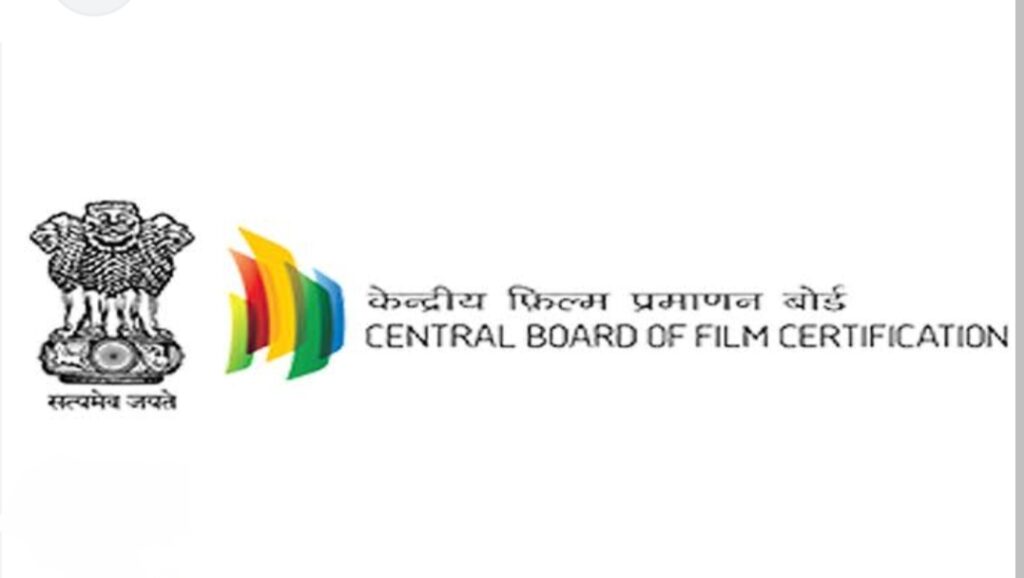The Central Board of Film Certification (CBFC) has introduced a new spectrum of film ratings, designed to offer audiences a more nuanced viewing experience. With the inclusion of UA 7+, UA 13+, and UA 16+ categories, this marks a shift toward a more specific approach in guiding young viewers’ exposure to content. While the move seems well-intentioned—empowering parents and safeguarding young minds—a deeper look reveals its far-reaching implications for filmmakers, distributors, and audiences alike.
For years, the CBFC’s rating system operated with broad strokes. Its limited categories—U, UA, A and S—often left films caught in a murky middle ground. A family-friendly movie with a touch of mature content might feel awkwardly labeled, while a complex narrative just shy of an A rating could miss its intended audience. The new ratings aim to bridge these gaps, offering parents clearer guidance. A UA 7+ rating, for instance, might denote gentle adventure and light emotional themes, while UA 13+ could delve into teenage dilemmas with stronger language or moderate violence. By UA 16+, content ventures into grittier storytelling, addressing more mature realities.
In theory, this granularity serves everyone. Parents gain confidence in curating content for their children. Filmmakers, on paper, can craft stories for a more defined audience. But beneath this seemingly ideal solution lie significant challenges. Ratings do more than categorize—they influence perception, marketing, and consumption. A film previously falling comfortably under UA might now struggle with the narrower UA 13+ or UA 16+ tags, impacting box office returns and visibility on streaming platforms.
For filmmakers, this change offers both opportunities and pitfalls. On one hand, they can target specific audiences with precision. On the other, they risk misclassification. A stricter rating than expected could shrink the film’s audience and profits, sparking disputes. The subjectivity of what constitutes “moderate” violence or teenage angst adds to the uncertainty. These debates blur artistic boundaries and raise legal questions about the CBFC’s decisions under the Cinematograph Act, 1952.
Challenges to these ratings are likely to increase, with filmmakers asserting that their work offers valuable lessons for younger viewers, while advocacy groups might demand tighter classifications. Such disputes could land in court, redefining the limits of creative freedom and regulation.
Enforcing these ratings adds another layer of complexity. Theaters are expected to restrict access based on age, but real-world scenarios can be messy. What happens if a child bypasses these restrictions? Are theaters liable, or does the CBFC bear responsibility for unclear guidelines? On streaming platforms, where content transcends traditional barriers, the issue grows murkier. Global platforms like Netflix or Amazon Prime already follow international standards. Will they adopt CBFC’s categories for Indian viewers, or will conflicting systems sow confusion?
From a legal point of view, this evolution is a goldmine of issues: liability, regulatory overreach, and the balance between artistic freedom and societal responsibility. Filmmakers challenging restrictive ratings may invoke Article 19(1)(a) of the Constitution, defending their right to artistic expression. Conversely, child rights advocates could argue that lenient ratings fail to safeguard young minds.
Beyond legal disputes, these ratings could reshape Indian cinema’s identity. Bollywood has long thrived on its broad appeal, walking the fine line between engaging adults and entertaining families. The new system complicates this balancing act. Filmmakers might dilute content to secure milder ratings or embrace edgier themes, knowing their work is confined to older audiences. Either approach risks compromising storytelling.
This raises a broader question: What is cinema’s role? Should it simply entertain, or challenge, educate, and provoke? The new ratings reflect an intent to shield young viewers, yet many argue that exposure to nuanced themes, if handled responsibly, can nurture empathy, resilience, and critical thinking. Are we underestimating young minds by drawing strict lines, or are we genuinely safeguarding them?
The CBFC’s new ratings represent progress but are not without trade-offs. They promise clarity yet invite confusion. They aim to protect but could stifle creativity. For audiences, the change may seem cosmetic—just more numbers on a poster. For filmmakers and legal experts, it signals a turning point in the intricate dance between art, regulation, and societal values.
As Indian cinema embarks on this new chapter, the outcome remains uncertain. What’s clear is that this evolving framework will redefine the relationship between creators, audiences, and the legal landscape. Much like a gripping film, its resolution depends on how the story unfolds—and who’s watching.
Authors: Nitika Nagar & Parinika Krishnan

